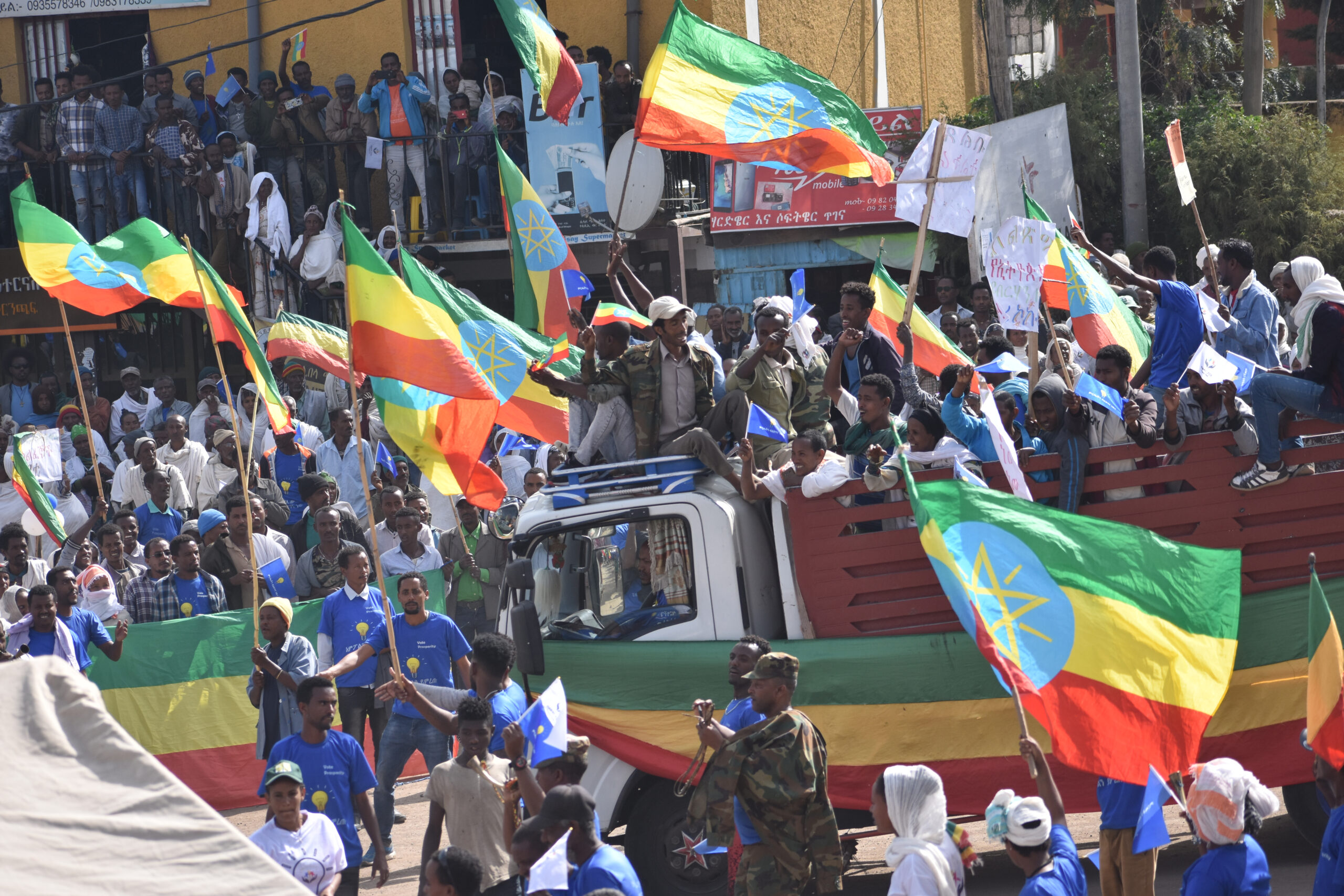2022 was defined by the Global Peace Index 2023 (GPI) as the deadliest year for armed conflict in recent times. Alongside the conflicts occurring in Ukraine, Myanmar and Mali, the violence resulting in over 104,000 recorded casualties in the Tigray war was a key driver of the recent influx in armed conflict. The conflict intensified by the proliferation of drones, caused widespread destruction in a country currently sitting at 151 in the GPI’s 2023 rankings, the 13th most unpeaceful country recorded by the index. While an internet blackout and restriction on media intervention in Tigray made data collection difficult during the war, recent estimates have suggested that the number of conflict-related deaths should be as high as 600,000 – when considering the extensive famine caused by the humanitarian blockade of Tigray.
The final three months of the war saw large-scale battles relying on human wave tactics which effectively inflicted a major surge in conflict-related deaths. Today, Tigrayan women are being regularly targeted during home invasions, lootings, detention settings and enslavement. Tigray remains heavily populated with Eritrean troops and faces a level of trauma that is likely to carry on for generations to come.
Further adding to the Ethiopian Government’s concerns is the fact that internal hostilities have now reached a national scale. This is predominantly the result of increasing and ongoing war crimes and violations in the Amhara and Oromia regions. The civilians of the Amhara region are reportedly facing a period of ‘mass arbitrary detention’ as many of its urban centres remain under tight curfews and are controlled by a military Command Post system. In addition, alarming details have emerged of an influx of gendered violence in the Amhara region, carried out by Tigrayan forces.
In a region already over-stressed with almost 2 million of its civilians in need of health care, Amhara’s needs for sophisticated humanitarian intervention are dire.
“They tied my hands behind my back. They stepped on my head with their shoes. Then I was beaten with electric wire on the soles of my feet… They kept telling me that I had a link with OLA… I do not know any OLA.” — Man detained by security forces in West Wollega
Whilst much attention was given to Tigray at the height of Ethiopia’s challenges with conflicts, widespread abuses enforced by government campaigns against the Oromo Liberation Army in Western Oromia, have caused widespread civilian sufferance. In June 2022, attacks in Western Oromia forced the displacement of up to 5000 people. Oromia’s history is defined by ongoing violence and protests as the region’s conflict has been tied to the decline of its previous government. The Oromia region continues to face unlawful government forces in the form of arrests, detention and torture of civillians.

Following the release of the report from the International Commission of Human Rights Experts on Ethiopia it has become clear that the agreed-upon ceasefire which took place in November last year has not seen an end to devastation in regions of the nation, as details of violations including mass murders, rape, starvation, displacement and arbitrary detention have since emerged. The ceasefire agreement, which looked to call an end to two years of fierce conflict in Ethiopia, announced that the Ethiopian government would endeavour to develop relations with humanitarian agencies to allow for the provision of aid for all who are in need. In addition to this, the truce between the Ethiopian Government and the Tigray People’s Liberation Front intended a complete eradication of all conflict forms and propaganda.
Despite the agreement, Ethiopia remains on high alert as the continuation of mass killings, war crimes and human rights violations questions the extent to which any progress has been made since the ceasefire. The UN’s report highlights the inability of the Ethiopian Federal Government to carry out commitments on human rights, transitional justice and territorial integrity. More recently, the Ethiopian Government failed to make any genuine attempts at investigating violations by implementing a floored justice consultation process, which over-looked the situations of victims and resulted in no progress being made in resolving violations.
The process of improving positive peace in an area can undertake many forms but by focusing directly on the eight Pillars of Positive Peace, solutions suitable to the target area can be devised. Affective government intervention might just be Ethiopia’s greatest chance at improving their considerably low levels of Positive Peace. In consideration of the negative outcomes that came about from the Ethiopian Government’s implication of a floored transitional justice consultation system and their inability to implement effective measures to improve civilian well-being, positive, calculated government intervention is in urgent need.
Ethiopia’s 2022 Positive Peace Index was relatively manageable, with an overall score of 3.737, the country was ranked 131st for this score. Of the eight Pillars of Peace, well-functioning government was one of Ethiopia’s lowest performing pillars. The intention when implementing a well-functioning government is to enforce the delivery of quality public and civil services, which in Ethiopia’s case, can rebuild trust among civilians in the political stability of their state. More importantly, the targeted government intervention that will come about from an improvement in this pillar will work towards eradicating human rights violations in specific regions of Ethiopia and decrease the government’s reliance on military involvement.
In consideration of the contemporary tensions still existing between the Ethiopian regions, Ethiopia’s desires to centralise power and reform as a unified nation remain farfetched if the government does not choose to implicate effective measures. Whilst the frequency of conflict-related incidents may have declined in 2023, ongoing violations of human rights and civilian mistreatment by armed troops continue to be overlooked by the Ethiopian Government, destroying any chances of rebuilding peace in the nation. The inability of the Government to initiate an effective process of transitional justice is heightening the risk of further devastation for Ethiopian civilians, alerting to the need of a well-functioning government, to progress towards re-building peace.